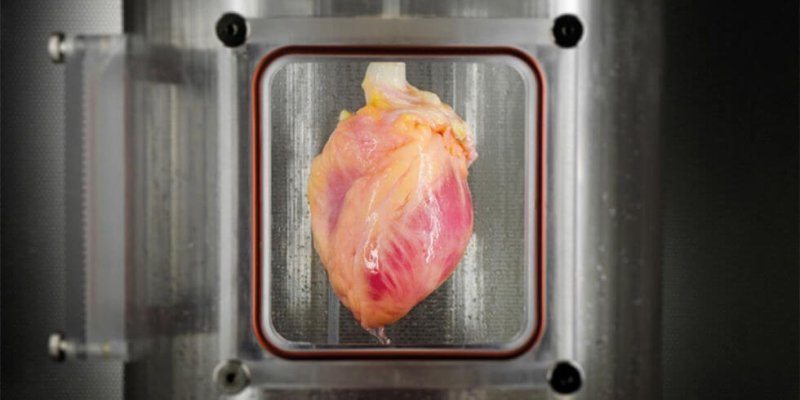The GLP aggregated and excerpted this blog/article to reflect the diversity of news, opinion and analysis.
For decades, scientists and doctors have been seeking a way to manufacture human tissue — including entire organs — in a lab, hoping to make grafts and transplants easier and safer than they are now. The goal has proved elusive, because it’s hard to replicate the complexity of human tissue outside the body. But those in the trenches say the industry could be on the verge of a breakthrough.
Jennifer Lewis of Harvard University is using a 3-D bioprinter to layer a mix of cells in the form of blood vessels. Australia-based Mesoblast is developing lab-grown tissues, made from stem cells, that could be used for organ repair. In San Diego, a startup called Organovo is trying to using 3-D printing to build livers and kidneys for transplant.
“In the past two years, we’ve seen a real evolution in thinking — both in the science and in the practical aspect of tissue engineering,” said Jennifer Elisseef, the director of the Translational Tissue Engineering Center at Johns Hopkins University.
Read full, original post: Inside the sci-fi world of growing human tissue and organs in the lab































